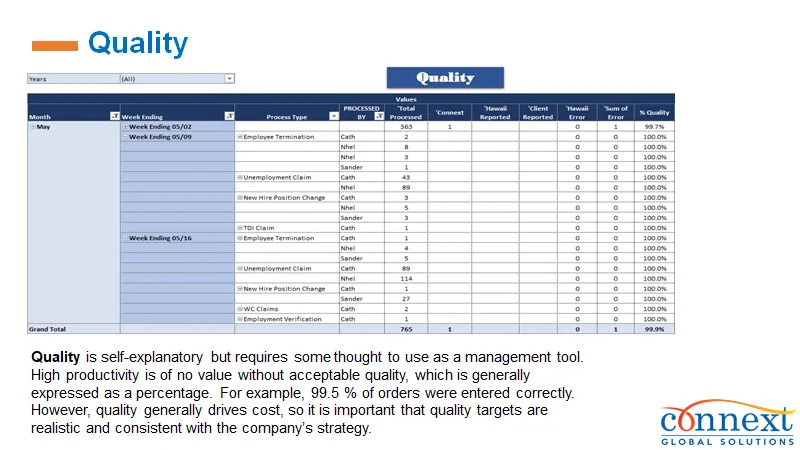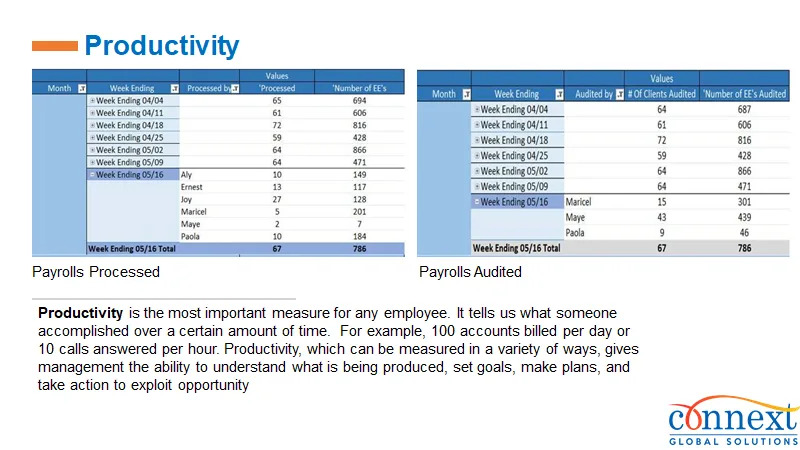The 2025 U.S. tariff changes mark a turning point in global trade strategy. With sweeping new import duties and stricter enforcement protocols, businesses that rely on offshore outsourcing are facing rising costs, added compliance burdens, and heightened geopolitical risk. While much of the focus has historically been on goods, recent attention has shifted toward the growing role of tariffs on services—a trend explored in this in-depth Connext article. These shifts are prompting companies to reassess their global delivery models and develop adaptive, cost-effective strategies. Understanding tariff impact on outsourcing—and how to align your outsourcing strategy in 2025—is now critical to maintaining resilience and long-term competitiveness in an increasingly protectionist trade environment.
Overview of the 2025 U.S. Tariff Changes
In early 2025, the U.S. government rolled out comprehensive tariff reforms aimed at boosting domestic manufacturing, addressing national security priorities, and reshoring key parts of the supply chain. The policy introduced a 10% blanket tariff on most imported goods, with elevated rates targeting industries such as technology, semiconductors, and clean energy. These measures have not only increased direct import costs but also amplified indirect pressures on global service delivery models, compelling companies to reevaluate their outsourcing footprints and sourcing strategies. The tariff impact on outsourcing is now a major factor in business continuity planning.
Adaptive Strategies for Businesses Navigating Tariff Changes
In the face of evolving tariff structures and increasing trade complexity, businesses must adopt proactive and data-driven strategies to remain competitive. The following approaches help companies manage offshore operations more effectively and build long-term resilience in their global delivery models.
1. Evaluate Total Cost of Ownership (TCO)
A low sticker price doesn’t always mean lower overall costs. Leading businesses now assess Total Cost of Ownership (TCO) by factoring in not only hourly labor rates but also hidden variables like tariffs, logistics and freight costs, currency fluctuations, political stability, and compliance overhead. Advanced modeling tools, such as PwC’s Total Impact Measurement and Management framework, enable companies to create a more accurate cost baseline. By understanding the full financial impact of offshore operations, organizations can make smarter decisions on vendor selection, geographic footprint, and delivery models. Learn more about how Connext helps clients navigate tariff pressures with offshoring.
2. Diversify Offshore Locations
With tariff regulations shifting rapidly—particularly between the U.S. and key manufacturing economies like China—companies are mitigating risk through location diversification. Businesses are increasingly expanding their outsourcing footprint to include less tariff-exposed regions such as Southeast Asia (e.g., the Philippines and Vietnam), Eastern Europe, and nearshore destinations in Latin America. These locations offer talent availability and cost-effectiveness without the same level of exposure to bilateral trade tensions. Diversification not only enhances operational agility but also ensures business continuity across global delivery centers. Explore Connext’s offshore outsourcing locations and their benefits.
3. Strengthen Compliance Processes
Tariff changes often come with heightened regulatory scrutiny. To avoid costly fines and disruptions, companies must prioritize end-to-end trade compliance. This includes leveraging digital compliance platforms, conducting regular internal audits, training procurement and legal teams, and maintaining real-time visibility into regulatory updates via reliable sources like the U.S. Trade Representative (USTR). A strong compliance framework safeguards supply chains and facilitates smoother customs clearance, even in high-risk markets. Connext supports clients with compliance-ready outsourcing solutions, helping American companies ensure operational continuity and meet evolving standards.
4. Invest in Process Automation
As offshore costs such as labor costs rise due to tariffs and inflationary pressures, automation becomes a critical lever for maintaining margins. By deploying AI-powered tools and intelligent process automation, companies can reduce manual workloads, cut turnaround times, and minimize their reliance on tariff-sensitive supply chains. Research from McKinsey & Company reinforces that automation not only boosts efficiency but also enhances operational scalability, making it a valuable long-term strategy. These automation efforts help reduce the tariff impact on outsourcing by improving efficiency and cost control. Learn how Connext empowers digital transformation to improve efficiency and cost control.
Why Partner with Connext
At Connext, we understand the profound impact global tariff changes have on your outsourcing and shared services strategy. Our flexible outsourcing solutions are designed to help you navigate cost volatility, compliance requirements, and geographic risk with confidence.
Whether you’re looking to diversify your global delivery footprint, reduce your Total Cost of Ownership, or build a more resilient operating model, Connext provides the scale, expertise, and local insights needed to adapt and thrive. Our presence in low-tariff, high-talent markets like the Philippines and Latin America ensures you remain agile in the face of global trade disruptions.
Let Connext help you rethink your global strategy in the face of tariff changes. Contact us today to explore customized solutions built for resilience and performance.
Frequently Asked Questions (FAQs)
A1: The 2025 U.S. tariff policy includes a 10% blanket tariff on most imported goods, targeted increases in strategic sectors such as technology and clean energy, and stricter compliance rules around origin certification and product classification. These trade policies have a direct impact on sourcing and cost planning for American companies.
A2: Tariffs raise the cost of imported goods and services, which can erode the cost advantages of certain offshore outsourcing arrangements—especially those tied to high-tariff countries or goods-heavy services. Understanding the tariff impact on outsourcing helps companies develop smarter sourcing and delivery models and manage overall operational costs.
A3: Companies are exploring nearshoring, captive centers, and hybrid outsourcing models that combine offshore and onshore resources to balance cost reduction, compliance, and responsiveness.
A4: By diversifying delivery locations to lower-risk regions, automating repetitive processes, and strengthening trade compliance protocols, businesses can mitigate tariff impact on outsourcing and preserve operational efficiency amid changing trade dynamics.
A5: Connext offers scalable, tariff-resilient outsourcing solutions designed for flexibility, compliance, and cost reduction. Our footprint in low-tariff, high-skill regions—like the Philippines and Latin America—positions clients to thrive in shifting global trade environments.









